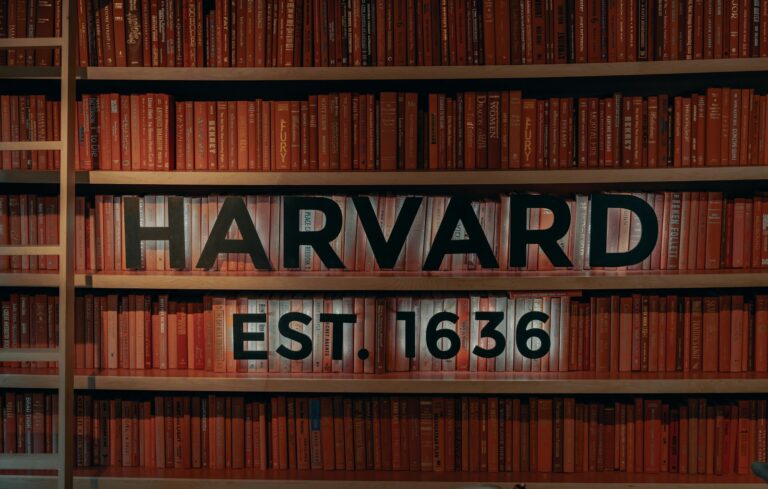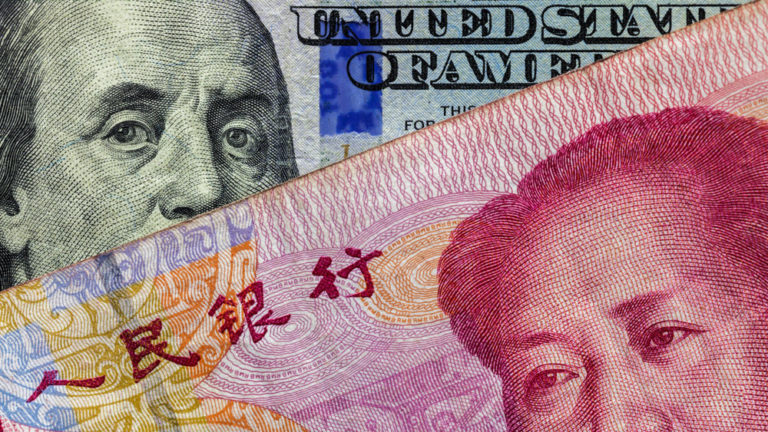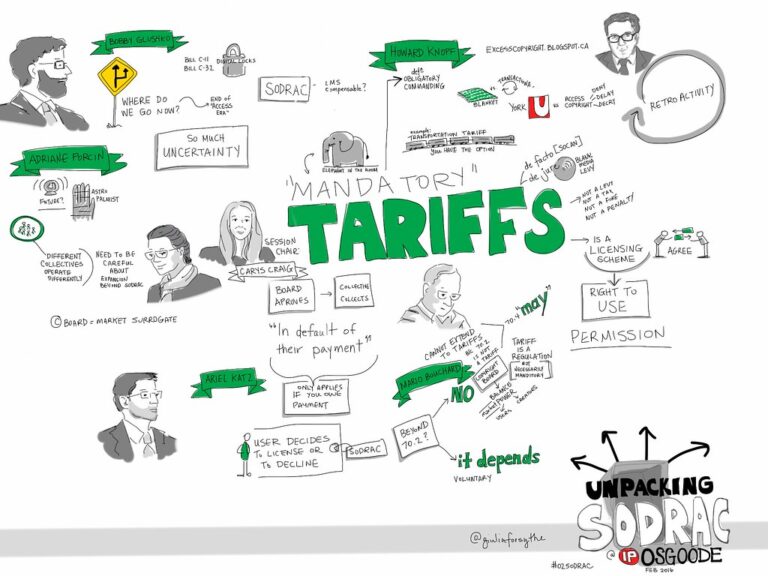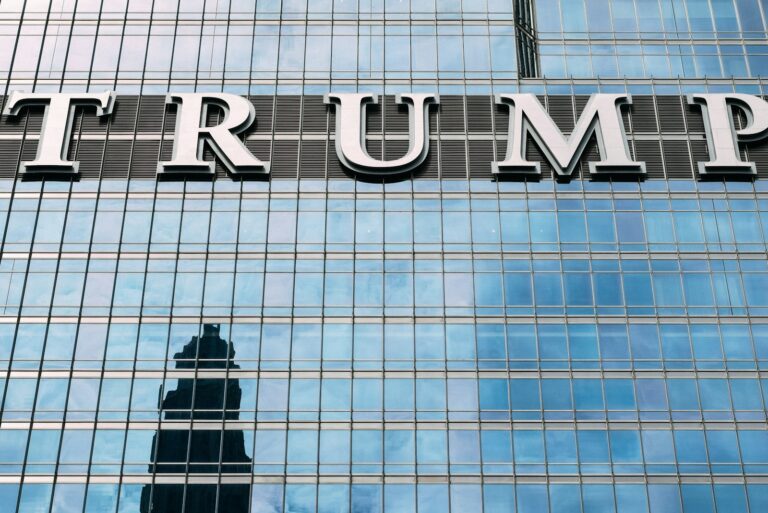Key Takeaways:
- Trump’s trade policies are causing uncertainty for U.S. businesses.
- A Virginia bridal shop owner shares her blunt response to dealing with tariff stress.
- Bringing manufacturing back to the U.S. is a long-term challenge, experts say.
The ongoing trade wars sparked by President Donald Trump have left many U.S. business owners on edge. Companies are stockpiling supplies in hopes of surviving the costly tariffs. One business owner, however, gave a surprisingly honest answer when asked how she’s dealing with the stress.
Christine Greenberg, owner of Urban Set Bride in Richmond, Virginia, recently appeared on CNN’s News Central. Host Sara Sidner asked how she was navigating the uncertainty caused by Trump’s tariffs on Chinese imports. Greenberg’s response? “We drink a lot of wine,” she said with a laugh.
While her answer made Sidner chuckle, it also highlighted the real struggles small businesses face. Trump’s tariffs have made it harder for businesses like Greenberg’s to plan for the future. The president announced a 145% tariff on Chinese imports before reducing it to 30%. Now, a trade court has stepped in to block his authority to impose these tariffs without Congress’s approval.
‘We Can’t Just Flip a Switch and Bring Back Manufacturing’
Greenberg explained that while she supports the idea of buying American-made products, it’s not realistic right now. “We would love to buy American wedding gowns,” she said. “But that’s a 10- to 15-year plan.”
Greenberg pointed out that bringing manufacturing back to the U.S. requires more than just tariffs. It needs a complete overhaul of the country’s infrastructure and education system. For example, schools would need to teach students skills like sewing and material production. Even if the U.S. tried to make wedding gowns domestically, most of the materials, like silk and beads, are still imported. That means the cost wouldn’t change much.
Stress, Transparency, and a Lot of Wine
When Sidner asked how she was coping with the uncertainty, Greenberg didn’t hold back. “We drink a lot of wine,” she admitted. “And we are transparent with our customers.”
Transparency has been key for Greenberg’s business. She communicates openly with both her designers and clients about the challenges they’re facing. Her team is also taking deep breaths and hoping the situation will stabilize. “Maybe his attention will move to something else,” she said, referring to Trump, “and we can go back to business as usual.”
Sidner called Greenberg’s response the “most honest answer” she’d heard all day. “Good luck,” she said with a laugh. “And cheers to you!”
The Bigger Picture: Trade Wars and Small Businesses
Greenberg’s story isn’t unique. Many small business owners are struggling to adapt to the changes caused by Trump’s trade policies. The uncertainty makes it hard to plan for the future, forcing companies to stockpile supplies and find creative ways to manage stress.
While Trump and his administration argue that tariffs will boost domestic manufacturing, experts say it’s a complicated issue. Reviving America’s manufacturing industry would take years of investment in education, infrastructure, and training. Until then, businesses like Urban Set Bride are left to navigate the chaos one day at a time.
The Final Word
Christine Greenberg’s blunt response about drinking wine to cope with tariff stress may have been funny, but it also revealed the real struggles small businesses face. With no clear end in sight to the trade wars, business owners are left to adapt, communicate, and hope for the best. As Greenberg said, sometimes, all you can do is take a deep breath and pour yourself a glass of wine.










